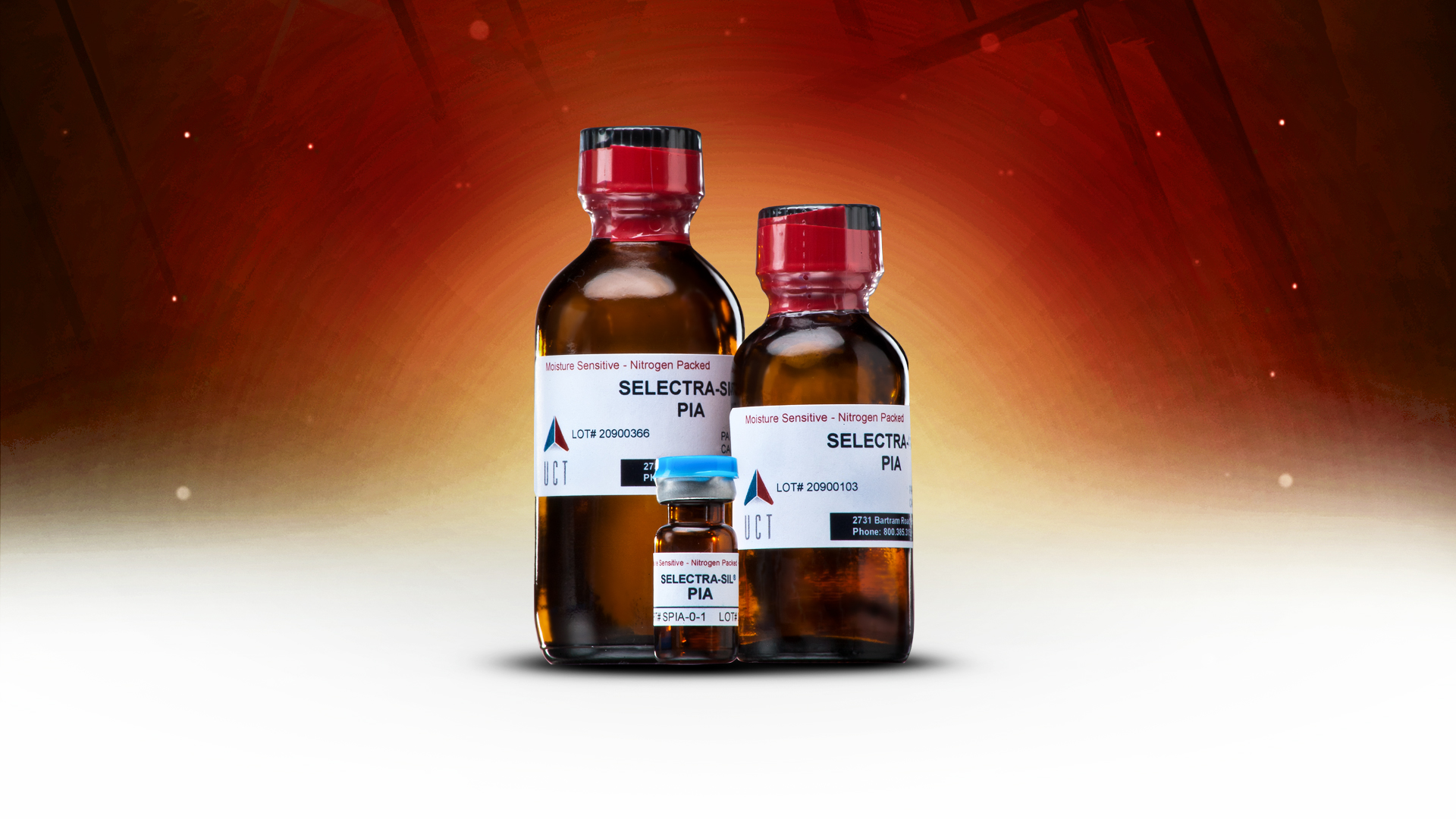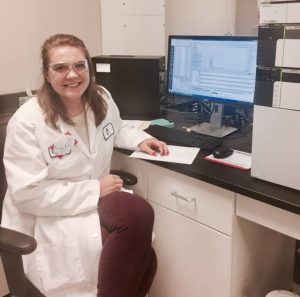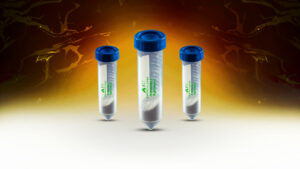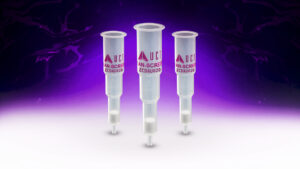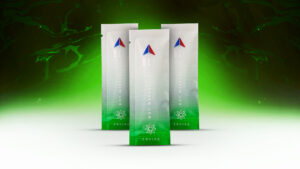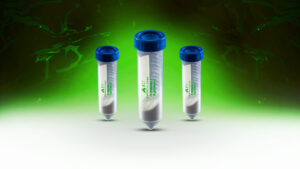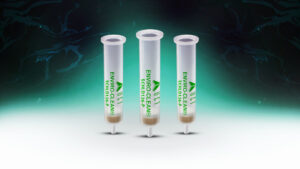UCT Specialty Chemical (TSPS) cited in Clinical Chemistry Article
UCT is known around the world as the premier manufacturer of the finest specialty chemicals used in the field of clinical research. In a recent paper published in Plos One (12(2): e0171915. doi:10.1371/journal.pone.0171915) by R.Jension et al., “A novel approach to eliminate detection of contaminating Staphylococcal species introduced during clinical testing”, UCT’s T-structure polydimethylsiloxane (TSPS) was used to coat crystalline wafers used in the procedure. In this published procedure, a strategy that can distinguish between Staphylococcus species truly present in a clinical sample versus contaminating Staphylococcus species introduced during the testing process is detailed.
Contaminating Staphylococcus species are present at low levels in PCR reagents and colonize lab personnel. To eliminate detection of contaminants, the authors describe an approach that utilizes addition of sufficient quantities of either non-target Staphylococcal cells (Staphylococcus succinus or Staphylococcus muscae) or synthetic oligonucleotide templates to helicase dependent isothermal amplification reactions. This consumes Staphylococcus-specific tuf and mecA gene primers in such a fashion that contaminating Staphylococcus amplification is suppressed to limits of detection below the assay.
The suppressor template DNA is designed with perfect homology to the primers used in the assay, but posseses an internal sequence that is unrelated to the Staphylococcal species targeted for detection. Input amount of the suppressor is determined by a mathematical model described herein and is demonstrated to completely suppress contaminating levels of Staphylococcus, while not negatively impacting the appropriate clinical assay limit of detection.
This approach was applied to improve the specificity of detection of Staphylococcus species present in positive blood cultures using a chip-based array that produces results visible to the unaided eye. This chip utilizes TSPS as a specialty chemical integral to the process. This article demonstrates why when clinical scientists require the finest specialty chemicals including silanes and siloxanes, they turn first to UCT. For further information about specialty chemicals, silanes , and siloxanes please click here.

